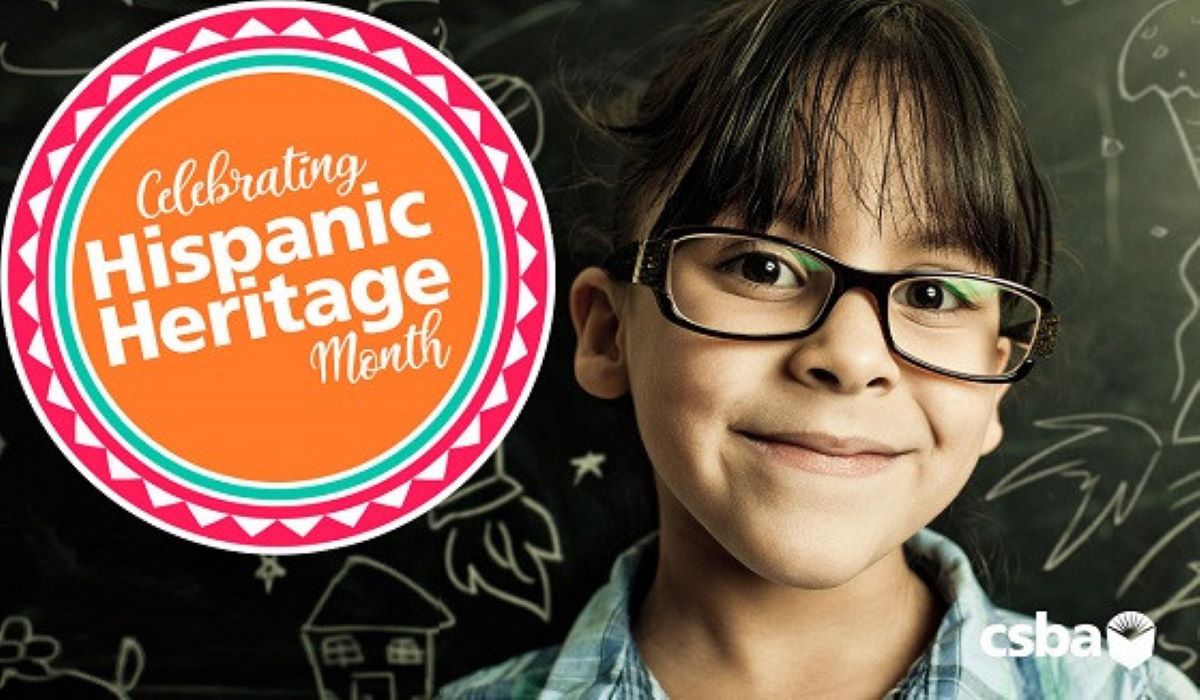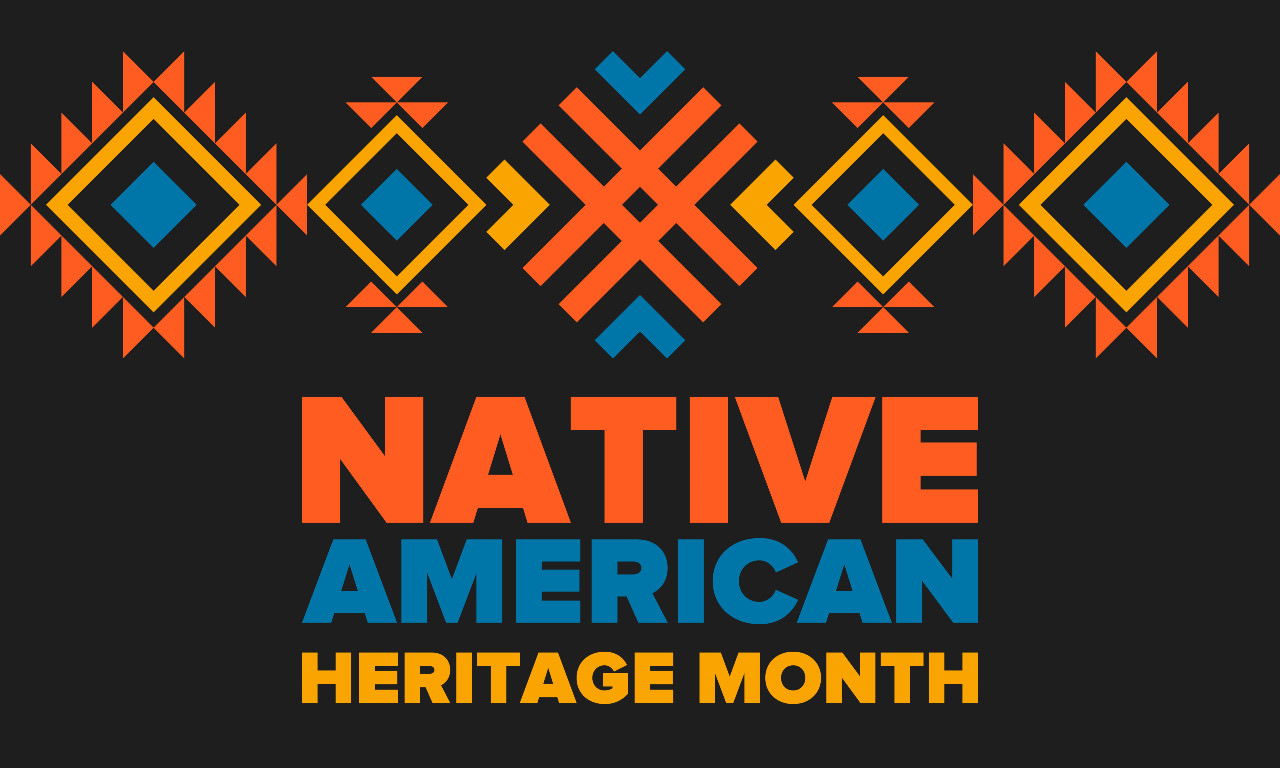The Library of Congress, in collaboration with a number of other federal agencies, has a website dedicated to National Hispanic Heritage Month with resources for educators.
Celebrated annually from Sept. 15 to Oct. 15, the period is a time to recognize the cultures and contributions of Hispanic Americans — those with ancestors from Spain, Mexico, the Caribbean and Central and South America.
A dedicated section for teachers features dozens of age-appropriate materials that can be used in the classroom, including curriculum on California’s missions; lesson plans on César Chávez and the United Farm Workers, the history of Mexican Americans and the Spanish and Portuguese exploration of the Americas as well as content about families of various backgrounds; art exercises; lessons plans on teaching Hispanic American history using historic places from the National Park Service and more.
The site also highlights the Smithsonian National Museum of the American Latino’s bilingual materials, which were created to “explore various approaches and to enhance the classroom learning experience … Within each guide, we provide background information, activities, vocabulary, and additional resources,” according to the Smithsonian Institution, a public trust established by the U.S. government.
The bilingual materials include “arts and culture activities that allow for the exploration of themes such as Latino music, cultural ceramics, contemporary visual art and spoken word and poetry. These art activities connect with Latino cultural contributions and are also designed to augment classroom learning in arts, English, language arts, social studies and world languages and culture curricula.”
One example is a lesson on cultural expressions with a focus on art for social change. There are activities broken down by the elementary, middle and high school levels with prompts available in Spanish and English.
In these exercises, students are paired up and prompted to observe posters and answer questions about the artists’ messages and if they were successful in their delivery as well as colors and imagery used. In groups, students are then asked to consider issues currently impacting their school or local area (related to health, community service, education, social pressures, the environment, economy or other topics), draft their own message and create art to convey it.
Of course, the content is not limited to use during National Hispanic Heritage Month and can be accessed and integrated into lesson plans year-round.
In addition to resources for teachers, the website includes audio and video offerings as well as virtual exhibits such as “Thriving in Diversity: Latinas and Latinos with Disabilities.”





